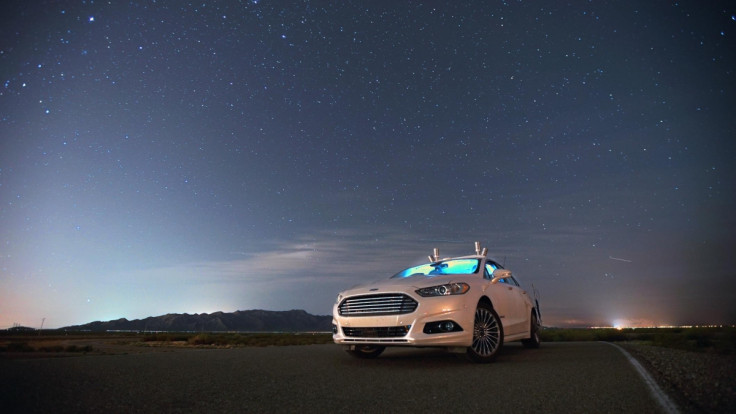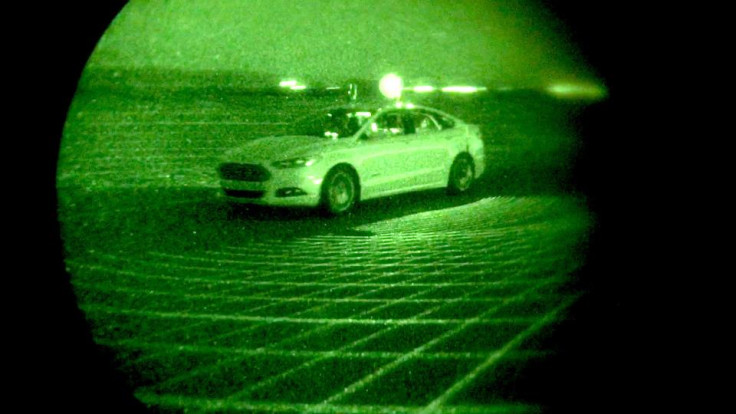Watch autonomous Ford Mondeo drive itself along a completely unlit road

Ford has shown off a fully autonomous car driving itself at night, along completely unlit roads and with no headlights. The modified Mondeo, branded as Fusion in the US where the test was carried out, had a human minder in the back seat but was otherwise driving itself.
The car followed a winding road without any problems, demonstrating how autonomous cars do not need to see in the conventional way humans do. By using Lidar technology and 3D maps, the car was able to follow the road without using its headlights. Ford staff used night vision cameras to keep track of what the car was doing. Nearly three million lidar pulses are sent out every second to help map the car's surroundings.

To help it see in the dark, the car uses an onboard database of 3D maps containing data on road layout, markings, geography, topography and landmarks like buildings and trees. The car then plots its surroundings in real time using lidar, and compares what it can see with what the map tells it should be there. Additional data collected from an onboard radar system completes the picture.
Jim McBride, technical leader of Ford's autonomous vehicles division, said: "Thanks to lidar, the test cars aren't reliant on the sun shining, nor cameras detecting painted white lines on the asphalt. In fact, lidar allows autonomous cars to drive just as well in the dark as they do in daytime."
The demonstration comes just a few weeks after Ford showed the same autonomous car driving on snow-covered roads, again relying on lidar and its 3D map database instead of reading the covered road markings. The cars can also drive in the rain and through a simulated road network with functioning traffic lights and other vehicles sharing the same roads.
Way Williams, a Ford research scientist who sat in the back seat of the unlit car, said: "Inside the car, I could feel it moving, but when I looked out the window I only saw darkness. As I rode in the back seat, I was following the car's progression in real time using computer monitoring. Sure enough, it stayed precisely on track along those winding roads."
Ford, as well as several other car and technology companies such as Google, Tesla and Apple, believe fully autonomous cars will be sharing the roads with human drivers by 2020.
© Copyright IBTimes 2024. All rights reserved.






